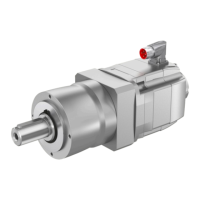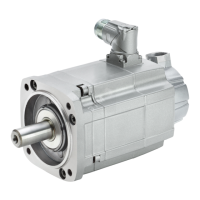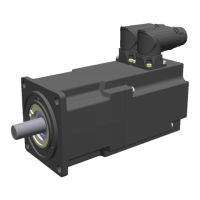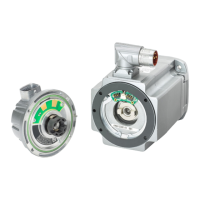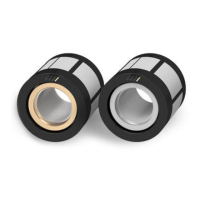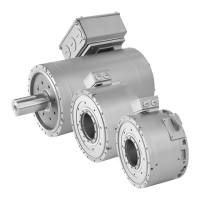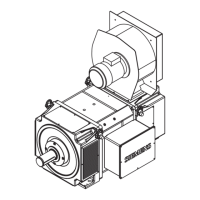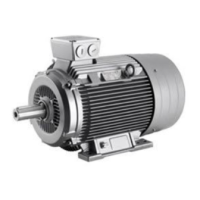Information for using the motors
7.6 Mounting and mounting instructions
1PH7 induction motors (Machine tools)
228 Configuration Manual, (APH7W), 04/2009, 6SN1197-0AD72-0BP0
7.6 7.6 Mounting and mounting instructions
In order to ensure smooth, vibration-free motor operation, a stable foundation design is
required, the motor must be precisely aligned, and the components that are to be mounted
on the shaft end must be correctly balanced.
The following mounting instructions must be carefully observed:
● For high-speed machines, we recommend that the complete unit is dynamically balanced
after couplings or belt pulleys have been mounted.
● Use suitable equipment when mounting drive elements. Use the thread at the shaft end.
● Do not apply any blows or axial pressure to the shaft end.
● Especially for high-speed motors with flange mounting, it is important that the mounting is
stiff in order to locate any resonant frequency as high as possible so that it remains
above the maximum rotational frequency.
● Thin sheets (shims) can be placed under the motor mounting feet to align the motor and
to avoid mechanically stressing the motor. The number of shims placed below should be
kept to a minimum.
● In order to securely mount the motors and reliably and safely transfer the drive torque,
bolts with strength class 8.8 acc. to ISO 898-1 should be used.
Note
All motors with type of construction IM B35, IM V35 must be mounted to the machine with
flange and bearing shield feet. It must be ensured that the flange mounting is stiff. When
commissioning the motors, it must be ensured that the permissible vibration values in
accordance with DIN ISO 10816 are maintained (foot/flange-mounting type of
construction, also see Chapter "Vibration severity level").
The bearing shield feet do not have to be supported if the following conditions are
maintained:
- For flange-mounted motors, there is a stable motor suspension design
- The maximum speed is limited (refer to Table "Restricting the maximum speed")
Motors that are mounted, as a result of their type of construction, to the wall using the
motor feet, must be retained in place using an adequately dimensioned positive form fit
(e.g. using studs or mounting rails).
Table 7- 4 Limiting the maximum speed
Shaft height [mm] Max. permissible speed [rpm]
160 3000
180 3000
225 2500
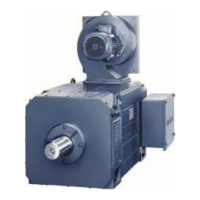
